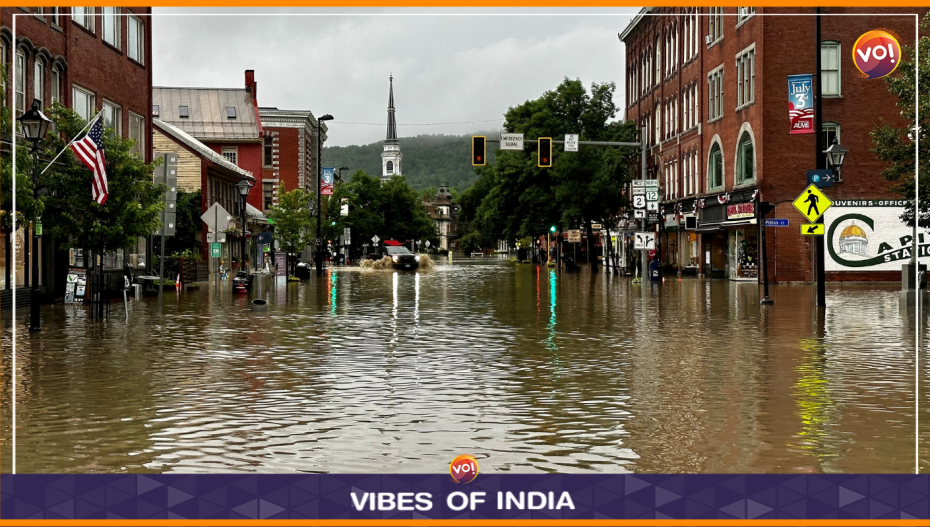Several low lying areas of New York City got inundated after heavy torrential rains pounded the metropolitan area on Friday and Saturday. Officials issued advisories to residents to park their vehicles on higher ground even as several subway (metro rail) lines were shut following the flooding. Many arterial streets also saw flooding that led to traffic snarls. Areas of the city airports were also flooded for a while.
LaGuardia airport closed down one of its terminals, with social media images showing passengers walking through water well above the tops of their shoes.
“Heavy rain is expected throughout downstate, and we’re paying close attention to any flash flooding impacts given the amount of rain in the forecast,” New York Governor Kathy Hochul said in a statement.
In September 2021, more than 40 people had died across New Jersey, New York, Pennsylvania and Connecticut when the region saw flash floods in areas because of the remnants of Hurricane Ida.
There was frustration among New Yorkers who were dealing with flooded basements and damaged property.
Storm drains simply could not keep up with the pounding rain earlier in the day.
One restaurant owner said her outdoor dining structure had been washed away by the floods.
Mayor Eric Adams urged people not to venture out because the streets were blocked and subway stations flooded.
“If you are home, stay home. If you are at work or school, shelter in place for now, some of our subways are flooded and it’s extremely difficult to move around the city,” he said.
Some 8.65 inches (21.97 centimeters) of rain had fallen at John F. Kennedy Airport by nightfall Friday, surpassing the record for any September day set during Hurricane Donna in 1960, the National Weather Service said.
Parts of Brooklyn saw more than 7.25 inches (18.41 centimeters), with at least one spot recording 2.5 inches (6 centimeters) in a single hour, according to weather and city officials.
The world is seeing more extreme weather as it grapples with a changing climate. Record warm conditions across large parts of the Atlantic this year have fueled storms in some areas, while drought in others has contributed to massive wildfires and struggling crops and farmers. The world had its warmest August in at least 174 years in 2023.
A month’s worth of rain – more than 4 inches – fell over parts of Brooklyn in just three hours. Intense rainfall rates of 1 to 2 inches per hour were falling across the region, and the National Weather Service warned totals exceeding 8 inches “are increasingly likely” in parts of the tri-state area.
Also Read: Interior Designer To Prime Ministers Canna Patel Launches Book












